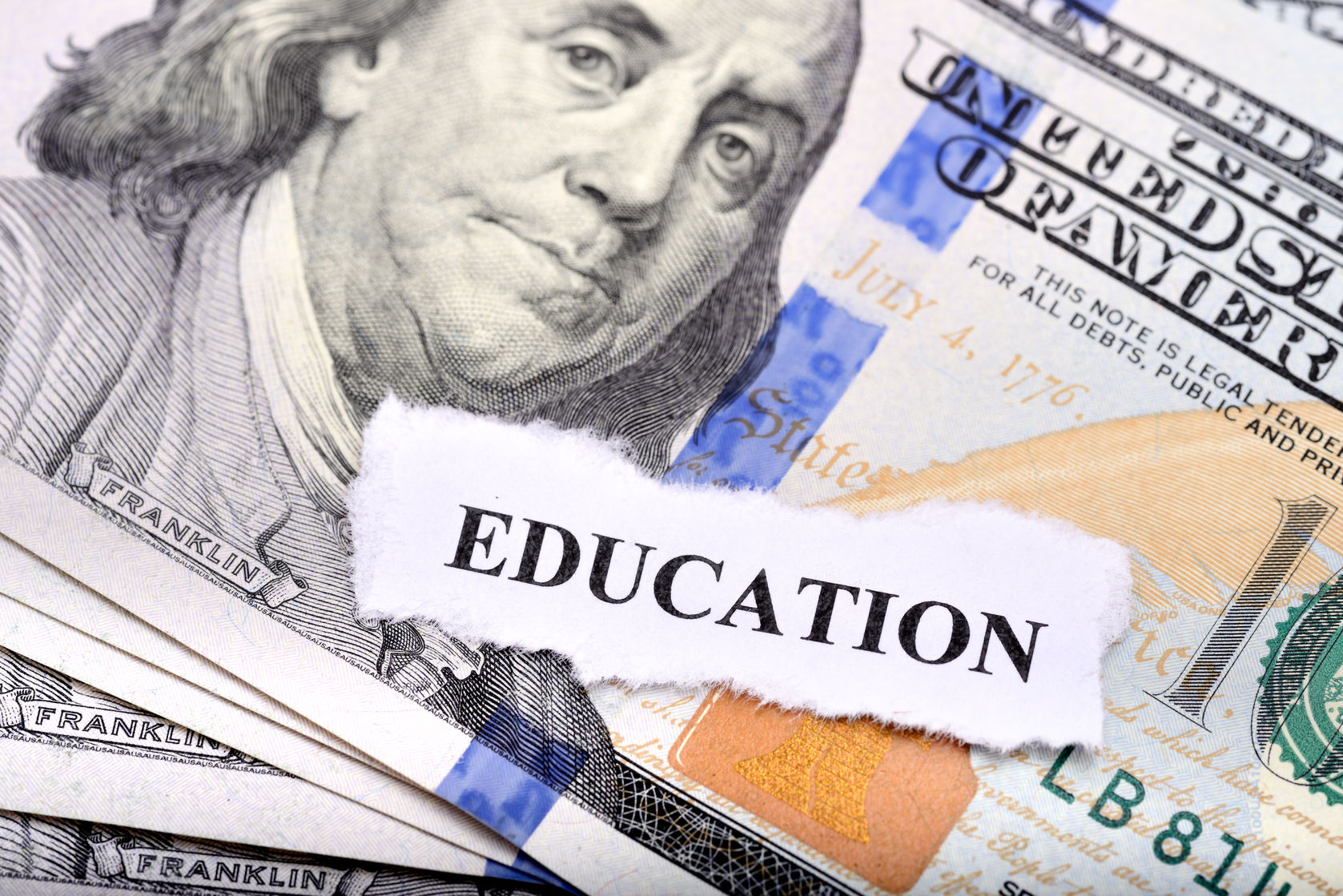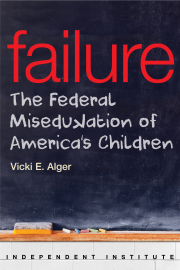One of education’s most important annual rituals began last week, when Education Week released its annual Quality Counts report, which grades states based on a variety of criteria, including spending. On cue came the predictable hand-wringing over K-12 education funding.
On Thursday Florida’s Duval County Public Schools Superintendent Nikolai Vitti told the Florida Times-Union that underfunding is undermining student achievement. “[I]magine how much stronger our students would perform if the policy commitments were maintained and balanced with an increase in per pupil funding,” he said.
In the school spending category, the states at the bottom include North Carolina, Texas, Arizona, Nevada, Utah and Idaho, which ranked the lowest at 49th. (No rankings were available for Hawaii and Washington, D.C.) But school funding in isolation is misleading. In the past year alone at least a dozen states have been ranked 49th in K-12 spending, depending on the source and its methodology. Among the states earning this distinction were Alabama, Arizona, California, Illinois, Nevada, Oklahoma and Texas.
California’s 49th place ranking was cited in a 2014 UCLA Undergraduate Students Association resolution, based on per pupil spending adjusted for regional cost-of-living differences. Florida ranked 49th according to the National Education Association. And based on Wallet Hub rankings of per capita school spending, Tennessee deserved 49th place. Still other 2014 studies by the Missouri Public School Advocates and the Open Sky Policy Institute gave 49th to Missouri and Nebraska, respectively.
What these identical rankings prove is that you can aggregate data and sift statistics to prove almost anything you want. And what teachers unions and politicians want is more money. Too bad there’s no direct correlation between dollars spent and what matters most: student achievement.
Consider the Education Department’s data on “instructional” spending, which across the U.S. averaged more than $6,500 a student during the 2010-11 school year (the latest data available). Among the dozen states that supposedly ranked 49th in funding last year, Idaho’s instructional spending was reported to be the lowest, around $4,100 a student, followed by Arizona and Oklahoma, which spent about $4,200 and $4,300, respectively. Illinois and Nebraska spent the most, around $7,000 and $7,700, respectively.
How did these states do in terms of student performance? The best answer is to look at the performance of low-income students, those who qualify for the national school-lunch program. Based on public-school results from the 2011 National Assessment of Educational Progress (NAEP), the average nationwide reading and math performance among low-income eighth grade students was pitiful, with a 48% proficiency rate in both subjects.
The big spenders paid more for worse results. In Nebraska, which spent nearly $8,000 per student, a mere 39% of disadvantaged eighth-graders scored proficient or better in reading and math. For the approximately $7,000 a year Illinois spent on instruction, its low-income eighth-graders did no better than the national averages in reading and math.
States that spent less per pupil tended to have better educational outcomes. More than 45% of low-income students in Idaho—with its relatively puny $4,100 per pupil spending—tested proficient in reading and math. Low-income students in stingy Arizona, which spent $4,200 per pupil on instruction, had 51% proficiency rates in both subjects. And students in penny-pinching Oklahoma, which spent around $4,300 per pupil, achieved a 53% proficiency rate in reading and 52% in math.
One of the most striking differences between these two sets of states is the availability of parental-choice programs. Unlike Nebraska or Illinois, both higher-scoring Arizona and Oklahoma have parental-choice scholarship programs that enable parents of disadvantaged students to choose the schools they think are best, including private schools. Schools have to compete for students, which forces them to improve their performance.
Instead of obsessing over who is at the bottom in spending, it would be better to focus on which states are producing the best results for every education dollar spent—and replicate what they’re doing. Student achievement is the only measure that counts.









